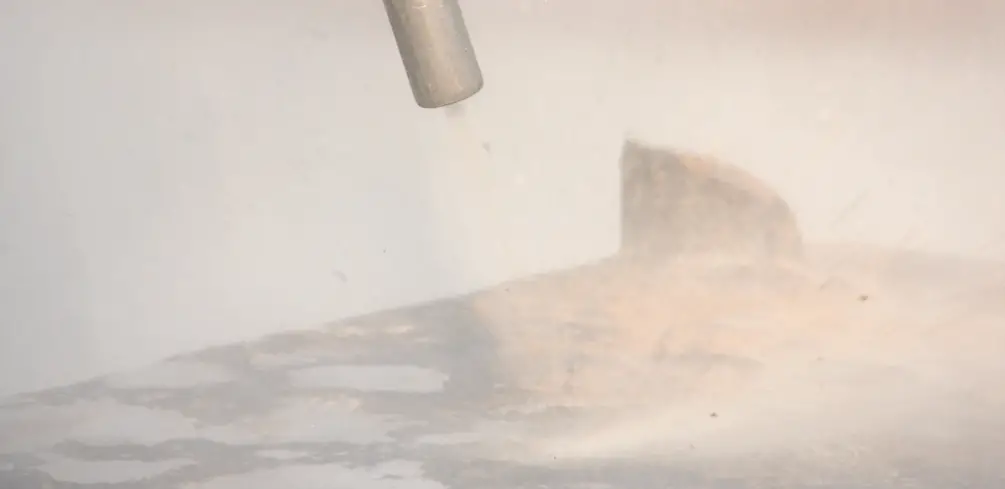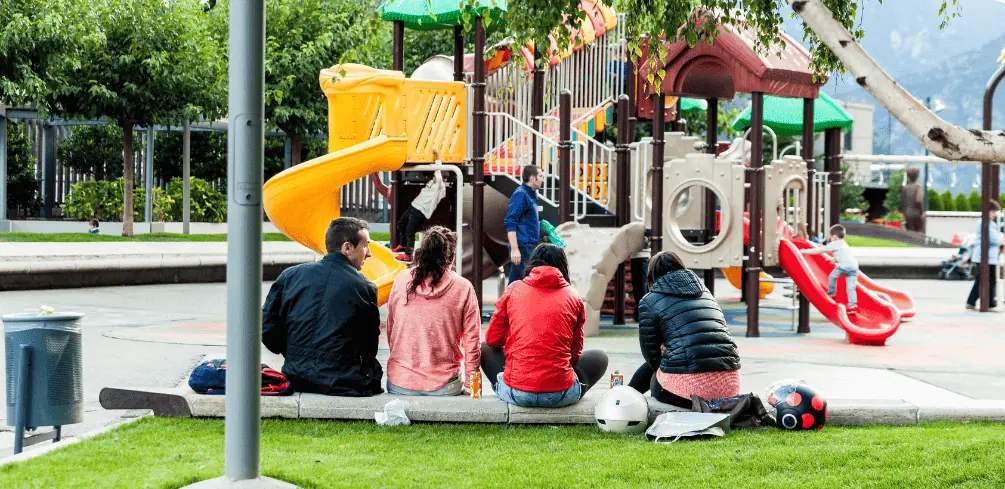Did you know that the global sandblasting market is expected to reach a staggering $12.2 billion by 2025?
With such a rapidly growing industry, it’s no wonder you might be curious about the various aspects of sandblasting and its potential applications.
In this article, we’ll delve into an interesting question: Can you use playground sand for sandblasting?
We’ll explore everything from understanding the mechanics of the process to evaluating the abrasiveness of different types of sand and making informed choices for your projects.
As an avid DIY enthusiast or professional in the field, you’re likely familiar with how crucial it is to choose appropriate materials and equipment for any given task.
Regarding sandblasting, selecting the right type of abrasive media can make all the difference in achieving optimal results and avoiding unnecessary complications.
Understanding the Sandblasting Process
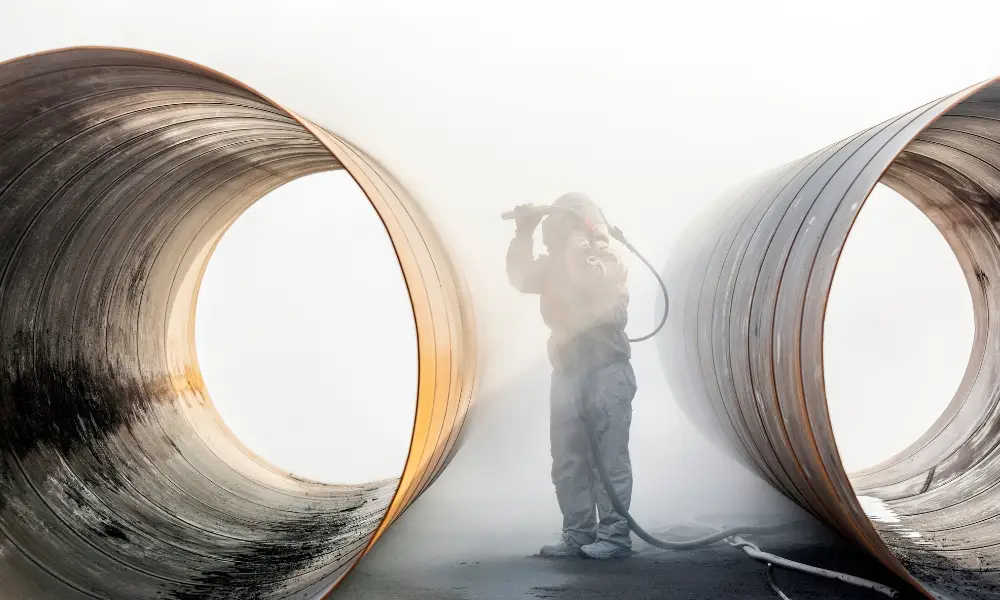
You’d be amazed how the sandblasting process can utterly transform a surface, making it brand new again! This technique involves propelling abrasive particles, like sand or other materials, at high velocities onto a surface to remove contaminants, such as rust, paint, or dirt.
There are various sandblasting techniques that cater to different requirements and preferences. However, it’s crucial to follow certain guidelines and prioritize process safety when using this powerful method.
To choose the right blasting media for your project, you must consider factors such as the hardness of both the media and the surface being treated.
For instance, softer surfaces may require gentler abrasives like plastic beads or walnut shells, while harder surfaces might demand stronger abrasives like steel grit.
Additionally, keep in mind that different sandblasting techniques offer varying levels of precision and control over the pressure to help protect delicate surfaces from damage. Examples include dry ice blasting for sensitive equipment or soda blasting for more intricate tasks that require minimal etching on substrates.
As you explore various sandblasting techniques and methods suitable for your needs, always remember to adhere strictly to process safety measures.
These precautions include wearing appropriate PPE such as goggles, gloves, respirators, and full-body suits; maintaining proper ventilation in the work area; adhering to safe operating procedures; and ensuring that all equipment is well-maintained and inspected regularly for any signs of wear or malfunction.
By paying close attention to these details throughout every step of your sandblasting project, you’ll not only achieve fantastic results but also safeguard yourself against potential hazards associated with this powerful restoration technique.
Evaluating the Abrasiveness of Playground Sand
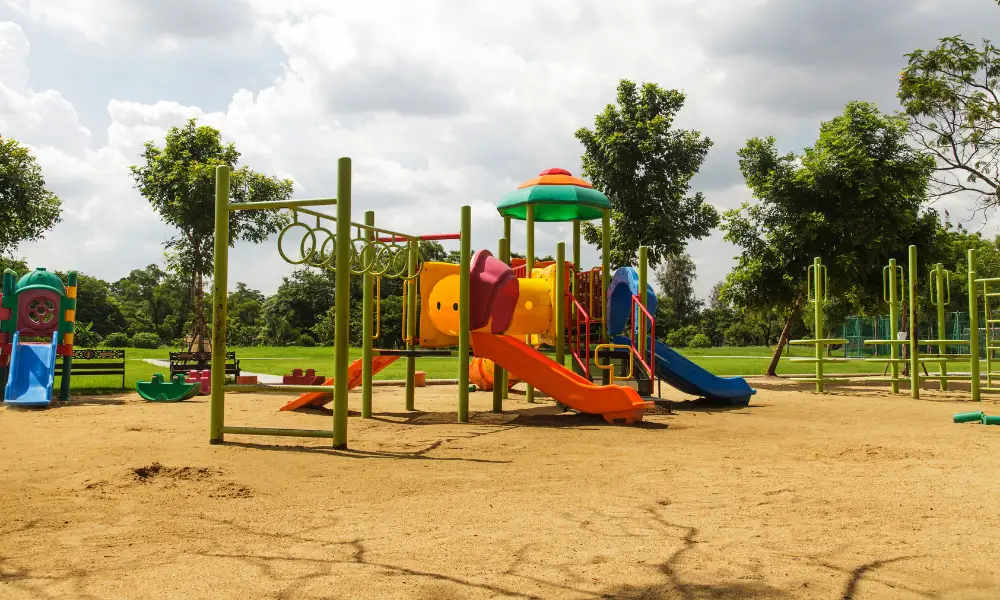
Don’t assume that all sands are created equal when it comes to abrasiveness; in fact, the grains found in most playgrounds might not be ideal for sandblasting tasks.
Playground sand is specifically designed with safety in mind, meaning that its primary focus is on minimizing injuries from falls and providing a soft, cushioned surface for children to play on.
The sand quality used in these settings often features rounded edges and a relatively uniform size distribution, which ensures optimal playground safety but may not provide an aggressive enough abrasive action required for effective sandblasting.
To truly evaluate the abrasiveness of playground sand, it’s crucial to understand the factors that contribute to its cutting power during the blasting process.
One key factor is particle shape: sharp-edged particles are generally more abrasive than their rounded counterparts because they can penetrate and remove material more efficiently.
Furthermore, particle hardness plays a significant role as harder particles can withstand higher pressures without breaking down or shattering.
In comparison to specialized blasting media like garnet or aluminum oxide, which have high hardness ratings and angular shapes tailored for efficient material removal, playground sand simply doesn’t meet the same standard of performance.
Considering these factors, you may find that using playground sand for your sandblasting project will yield suboptimal results due to its softer nature and less-aggressive particle shape.
Ultimately, while repurposing this type of sand might seem like an economical option at first glance, it’s important to weigh the potential drawbacks against any possible cost savings.
Using specialized abrasive media designed explicitly for blasting applications will likely save time and effort by ensuring faster and more effective material removal – leading you toward achieving better results overall.
Potential Risks and Limitations

It’s crucial to consider the potential risks and limitations when repurposing materials for abrasive tasks, as not all substances will deliver the desired results or may even cause harm in certain applications. Playground sand is no exception.
While it might seem like a cost-effective alternative to commercial sandblasting media, using playground sand for sandblasting could lead to several issues.
These include health hazards for operators, equipment damage, compromised surface finish quality, and reduced efficiency of the blasting process.
Some significant concerns that arise when using playground sand for sandblasting are:
- Health hazards: The dust generated from using playground sand can contain hazardous elements such as silica, which can lead to respiratory issues like silicosis if inhaled by operators over time.
- Equipment damage: Playground sand tends to be less uniform in size and shape compared to specialized blasting media, potentially causing accelerated wear and tear on your equipment or clogging the blast nozzle.
- Compromised surface finish quality: Due to its inconsistent particle size and shape, playground sand may not effectively remove rust or coatings uniformly from surfaces; this could result in an uneven finish that requires additional work or reapplication of coatings.
- Reduced efficiency: Using a less abrasive material like playground sand means you’ll have to spend more time blasting a given area than if you were using a more suitable abrasive medium designed specifically for your application.
Considering these risks and limitations associated with relying on playground sand as an alternative abrasive medium should inform your decision-making process.
Although it may seem like an easy way to save money initially, the long-term negative effects on worker health outcomes—along with decreased performance and increased equipment maintenance costs—make it unsuitable for professional use in most circumstances.
It’s always best practice to select appropriate abrasive media specifically designed for your specific application requirements in order to ensure both safety and optimal performance during any blast cleaning operation.
Comparing Alternatives: Industrial Sand vs. Playground Sand
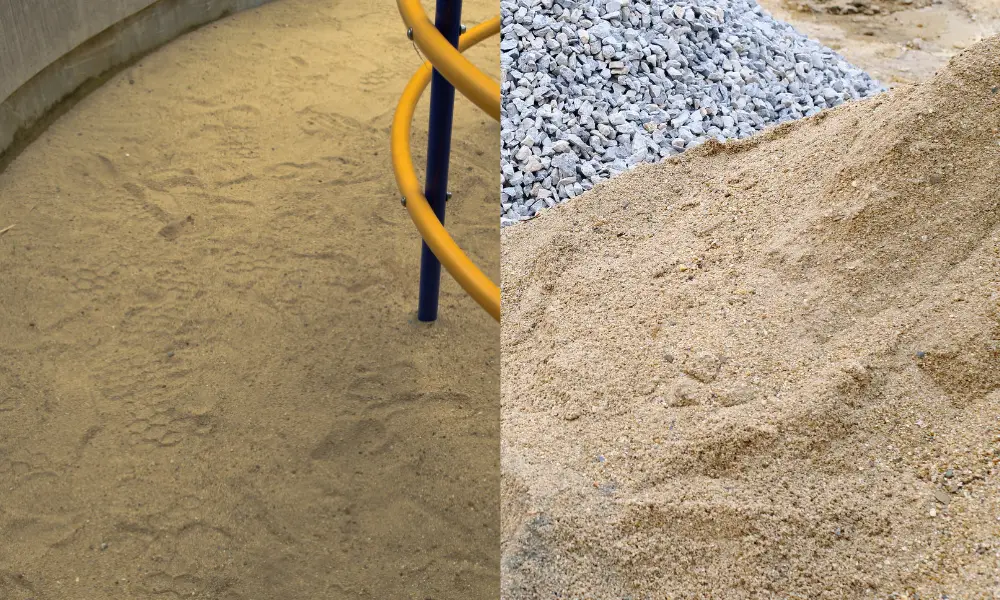
When considering abrasives for your blasting needs, it’s vital to compare the differences between industrial sand and playground sand to make an informed decision.
Industrial sand, specifically designed for abrasive blasting applications, is highly processed and refined to achieve specific characteristics such as consistent grain size, shape, and hardness.
Playground sand, on the other hand, is primarily intended for recreational use in play areas or landscaping projects. It lacks the uniformity and specialized properties of industrial-grade sandblasting media.
In terms of performance, industrial sand offers superior results in various industrial applications due to its consistent particle size distribution and adherence to strict quality standards. This ensures a more efficient and predictable abrasive action that leads to better cleaning or surface preparation results.
Comparatively, playground sand may contain impurities like dust particles or organic matter, which can cause inconsistent performance during blasting operations.
Moreover, playground safety regulations dictate that this type of sand must be free from harmful substances like silica dust that can pose health risks if inhaled during blasting activities.
Taking these factors into account helps you understand why choosing the right abrasive media is crucial not only for achieving desired results but also for ensuring operator safety during blasting projects.
While using playground sand might seem like a cost-effective alternative at first glance, its limitations in terms of effectiveness and potential health concerns make it unsuitable for professional sandblasting applications.
Instead, investing in high-quality industrial-grade abrasives will provide a safer working environment while delivering reliable performance tailored specifically to your project’s requirements.
Making the Right Choice for Your Playground Project
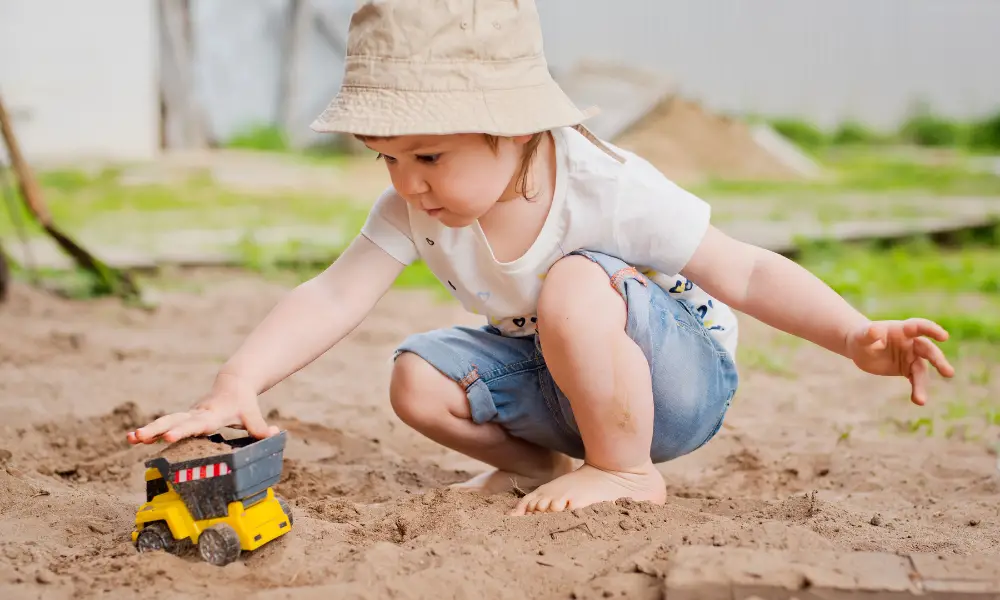
To make the best choice for your project, consider the specific requirements and safety factors involved in selecting an appropriate abrasive media.
Project suitability is essential when choosing between playground sand and industrial sand for sandblasting purposes. Take into account the hardness of the material you plan to work with, as well as the desired surface finish.
While playground sand may be more readily available and cost-effective, its lower silica content and irregular grain shape might not provide the necessary cutting power for harder surfaces, leading to inefficient blasting or potential damage to your equipment.
When evaluating and sourcing options, it’s crucial to understand the differences in quality, consistency, and potential health risks associated with various types of abrasive media.
Playground sand often contains contaminants like clay or organic materials that can cause clogging issues within your blasting equipment.
Additionally, if used improperly or without proper protective measures in place, both industrial and playground sands can pose respiratory hazards due to their fine particles becoming airborne during use.
Therefore, researching industry standards for personal protective equipment (PPE) and ventilation systems should be a priority before deciding on which type of abrasive material to use.
Considering these factors will help ensure that you select an abrasive media that meets your project needs while also minimizing potential hazards.
Assessing project suitability based on material hardness compatibility and desired surface finish will guide you toward making an informed decision between playground sand or industrial-grade abrasives for your particular application.
Ultimately, keeping safety precautions related to sand sourcing at the forefront of your decision-making process will contribute significantly to achieving success in your projects while minimizing any adverse effects on users’ health or equipment performance.
Conclusion
So, can you use playground sand for sandblasting? Well, the answer isn’t as clear-cut as a one-size-fits-all solution.
While it might work in some situations, it’s essential to weigh the potential risks and limitations against the benefits.
Remember, choosing the right abrasive is like finding the perfect dance partner – it requires harmony and balance.
With that in mind, consider your project requirements carefully before stepping onto the dance floor of sandblasting with playground sand.

